Category Archives: 52 Reviews
Michael Jones Mckean, we float above to spit and sing
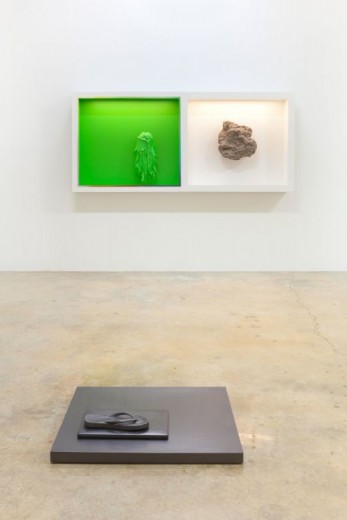
Written on May 24, 2014 at 12:35 pm, by Kara Pickman
The works in We float above to spit and sing all have the feeling of some ancient future, as witnessed from far away. McKean, who teaches sculpture at Virginia Commonwealth University, is in part concerned with the New Materialist idea of how an object can maintain a life of its own—an independence from our consciousness. And like children off on their own, or the newly divorced, nothing provides independence like distance. This distance is spatial and chronological and negated to thrilling ends. The scale of the universe competes with that of the flophouse, as works reference sandals and drug culture, as well as meteorites and recently discovered habitable planets. Pizzas and tacos share compositions with bits of ancient pottery and classical masks.
Bhakti Baxter, 2014
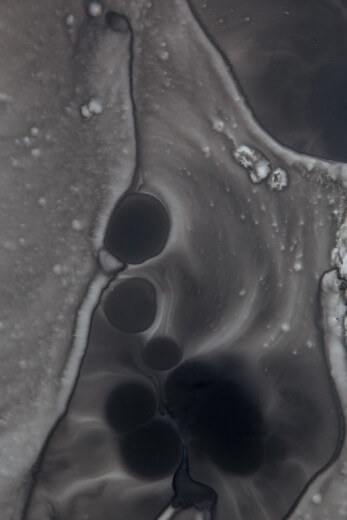
Written on May 10, 2014 at 7:34 am, by Kara Pickman
Water had long pooled in the worn crevasses in the floor. The front door, touched with clouds of paint from earlier vandals, took several solid kicks before it opened. Inside the air was dense and mineral. Floods had lapped against the walls, depositing the particle waste of the city before soaking back into the spongy ground. The floors, it seemed, were white at one time.
Tatiana Vahan, A Narrative of An Artist Exploring Capitalism
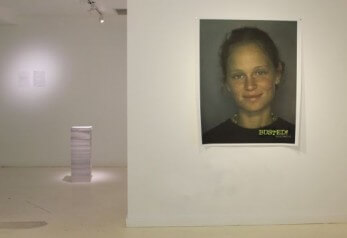
Written on May 2, 2014 at 6:14 pm, by Kara Pickman
It’s not an accident that the first syllable of bildungsroman—the type of book focused on the maturation of some kid like Goethe’s Young Werther or Joyce’s Stephen Daedalus as a formative process: one of construction, of making—sounds like “building.” Here, Tatiana Vahan presents two narratives—the formation of the artist, and the formation of a series of objects—through the warped lens of contemporary life and capitalism, suggesting perhaps that they are made in similar fashions.
Christy Gast, Inholdings
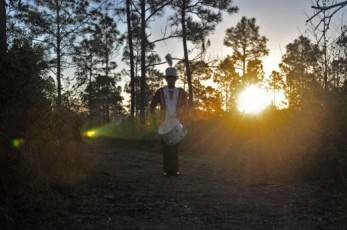
Written on April 25, 2014 at 1:38 pm, by Kara Pickman
An inholding is a piece of private land completely surrounded by publicly owned, protected land. That is ostensibly what this show is about—a chunk of land in the Everglades called the Hole in the Donut and the struggles of power and aggression that have happened there over the past half-century or so—but it is also a metaphor for Christy Gast’s way of working, and for how myths get started and spread and, in the end, believed. See, the centers of our most-told tales are always off limits, hidden somehow, private. Yet Gast gets to them.
Pavel Acosta, Stolen From the Met
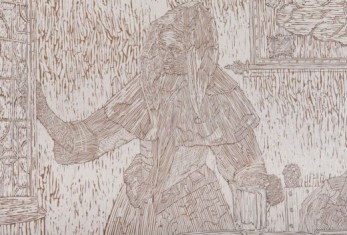
Written on April 18, 2014 at 1:56 pm, by Kara Pickman
In a small front gallery with exposed ductwork, Pavel Acosta (b. 1980, Cuba) presents a meticulous and nimble series of six old masters displayed on drywall. The drywall is itself mounted on four 2×4 studs and suspended from the ceiling by wire. Acosta paints the sheets white, then peels the paint of off, and then, with the dexterity of a conservator (or a counterfeiter) assembles the paint chips to recreate icons of Western art history, frame and all.
Human, So Human / Illusionist, So, Illusionist
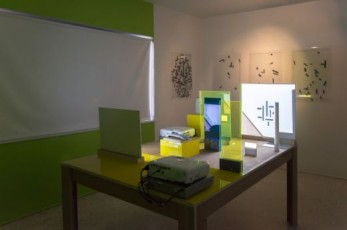
Written on April 11, 2014 at 4:02 pm, by Kara Pickman
A question we should probably ask ourselves in this community is “what is art for?” Can it do more than generate tourist dollars, gentrify neighborhoods, and validate socialites? Is asking anything at all asking too much? Could art be considered therapeutic? If so, what are its consolations? What about as a pedagogical tool? Ok, well what does it teach us? Hidden in a nondescript compound of art and novacaine run by orthodontist Arturo Mosquera, the context and content of two exhibitions allows the viewer to consider what art can and cannot do.
John Opera, Equivalent Simulation
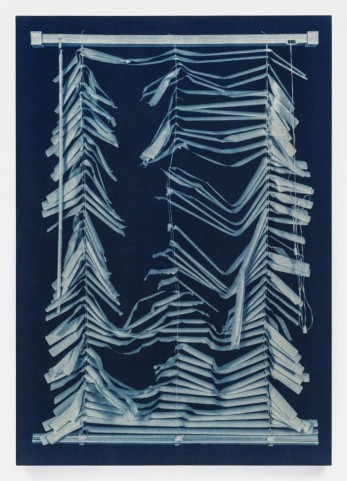
Written on April 4, 2014 at 3:52 pm, by Kara Pickman
These cyanotypes by John Opera are smart. They cover all their bases. The relationship between window/lens and scene beyond is addressed, as is the codependency of the image and the frame. The exhibition proceeds like an indigo essay, securely scaffolded and footnoted. Like something deeply considered before the act of writing.
Luis Gispert, Tender Game

Written on March 28, 2014 at 5:00 pm, by Kara Pickman
Formally and conceptually, these photographs work by flattening space. That space is physical—the background and the foreground are collapsed in a disorienting manner—and it is historical. They take a history as messy and loose as sand and blast through it with an aesthetic shockwave—fusing the particles into something like scarred desert glass, a beautiful witness to violence.
Jenny Brillhart, Noonday
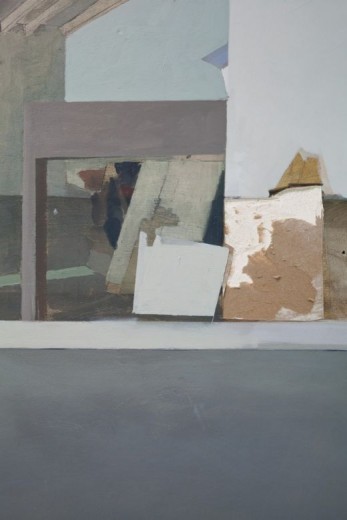
Written on March 21, 2014 at 5:32 pm, by Kara Pickman
Over the past few years, Jenny Brillhart has spent a lot of time in her studio, watching Miami’s light dredge its way through dust and bits of drywall. Her art moves from sculpture with painting to painting with sculpture to one or the other completely, and is both large and small, but certain constants remain. She renders our diffuse interiors—generic, nondescript spaces of work and life—in a way that draws attention to how the room mirrors the mind, how it can become the mind. Brillhart’s painting exists in the American lineage of Charles Sheeler’s eggshell blues and robin-egg whites, Edward Hopper’s emotive drafts, and Richard Diebenkorn’s fractured suburban vistas. But before we get carried away, they speak also to Miami’s temporary architecture—to all those low ceilings and sheets of drywall—and the subjectivities dwelling within.
Joseriberto Perez, A Durable Scale of Values
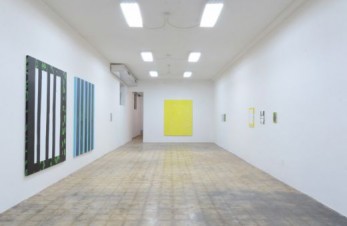
Written on March 14, 2014 at 10:59 am, by Kara Pickman
Story goes: Joseriberto Perez grows up in Miami, goes to school at SAIC, moves back home, and paints paints paints for the next several years. In his small studio, finished canvases are stacked like pizza boxes in the bedrooms of the hikikomori, those young Japanese who fear the outside world, finding refuge in the abstractions of their computer screens. Yet here, in Guccivuitton’s Little Haiti storefront, we have an elegant and slim selection of 13 paintings.
